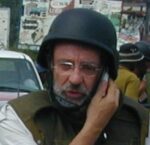

 Feature article by Africa ExPress
Feature article by Africa ExPress
Massimo Alberizzi, Alessandra Fava, Cornelia Toelgyes
January 17th 2024
The New York Times article by Jeffrey Gettleman, Anat Schwartz and Adam Sella, published on 28 December- the text can be found here – denounces unprecedented mass violence by Hamas, laying the groundwork for charges of “systematic rape and sexual violence against Israeli women.”
Gettleman’s allegations (whom Alberizzi knows personally because he was the American newspaper’s correspondent from Nairobi), were picked up by newspapers around the world, including Italian ones, provoking a wave of outrage. Women have been raped in times of war from time immemorial, before the vile practice was immortalized in paintings depicting the Rape of the Sabine Women in the 8th century BC at the time of the founding of Rome.
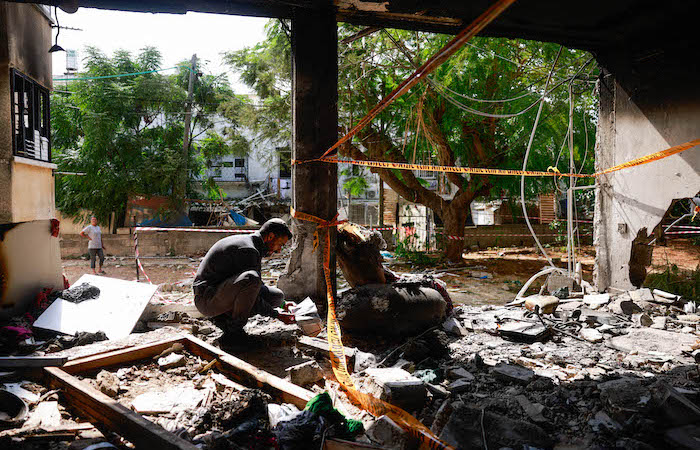
In response to The New York Times article, the Teatro Parenti in Milan began collecting signatures in solidarity with Israel, gathering hundreds of names in a matter of hours. But The New York Times article should not be accepted without an adequate critique, not least because a careful reading lays bare several critical issues and questions that need to be clarified.
In wartime more lies than land
Africa ExPress wanted to verify the veracity of these allegations of mass rapes and monstrous violence. Unfortunately, as one of our readers wrote, “Truth is the first casualty of war.”
Propaganda plays a perverse role from which it is very difficult to extricate oneself. A journalist’s task, among others, should be to check the veracity and legitimacy of the sources. This is what we should do.
We do not deny Hamas’ gender-based violence but the reports must be accurate and unequivocal, which we believe is not the case as the story relies instead on charges that cannot be verified.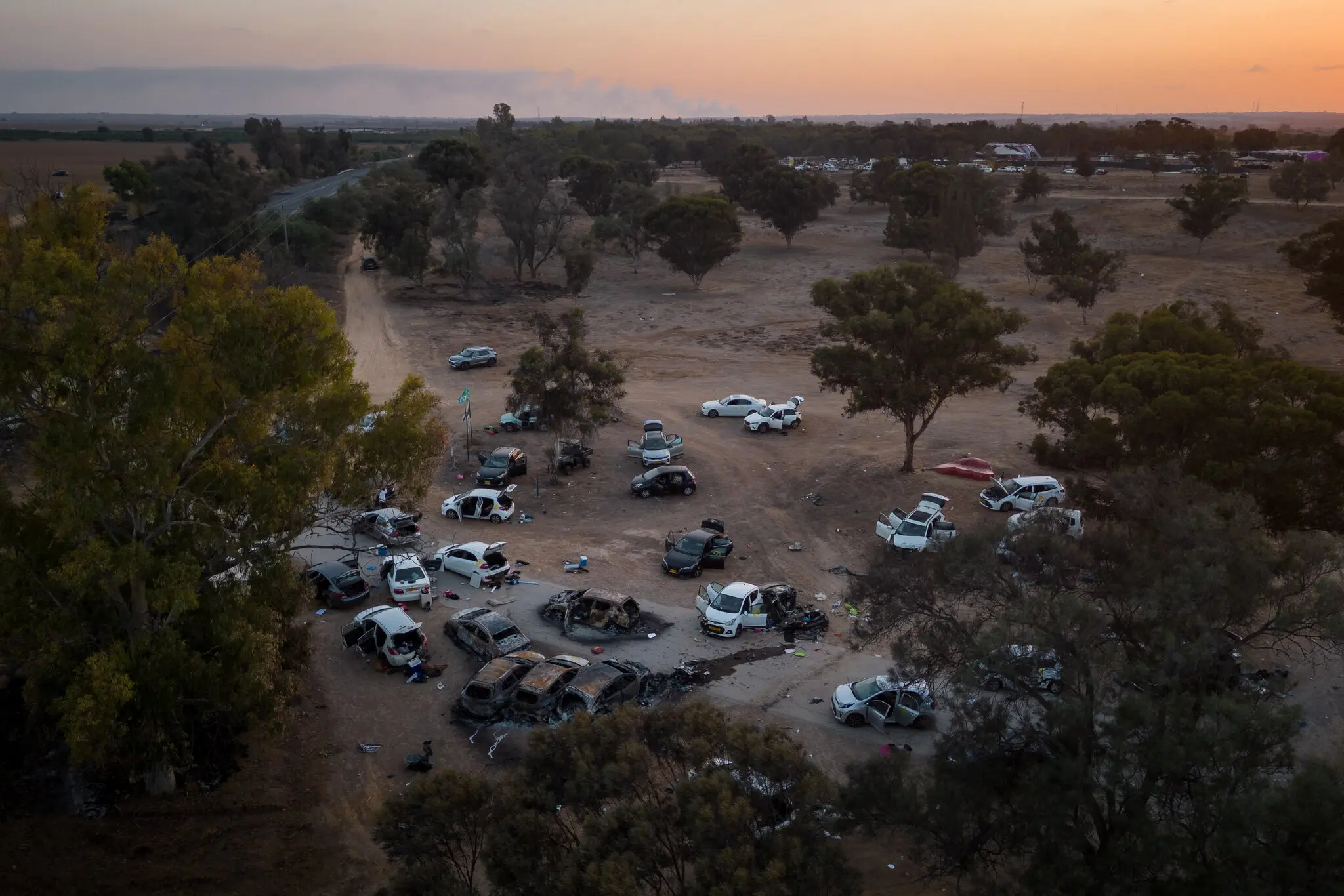
The parking area with cars of ravers (Srgey Ponomerev, New York Times)
We are aware that Hamas is guilty of gross and monstrous crimes and human rights violations. Major newspapers have covered the subject extensively.
With our inquiry, we want to point out that propaganda is tearing apart truthful, intellectually honest and independent information.
Furthermore, the inaccuracy of the accusations leveled against Hamas risks provoking a strong negative reaction: a wave of unacceptable and execrable anti-Semitism. Responsibility for the massacres caused by the Israeli bombings in Gaza should fall not on Jews but on the Zionist policies of a country that has always ill-tolerated the presence of Palestinians. Anti-Zionism and anti-Semitism are by no means synonymous, and it is in our view absurd for them to be treated as such, as Zionism is a political doctrine.
An indirect source: someone who talked to someone else
Africa ExPress underscores that The New York Times investigation did not interview direct witnesses, despite the reporters having stated they talked to more than 150 people across Israel for two months. Correctly, the American colleague, Gettleman, explains that he gathered the accounts from someone who talked to someone else. He goes on to add that Hamas denies its men’s participation in gender-based violence and that no survivor granted him an interview. Gettleman also points out that there were no initial reports of women being raped and no autopsies were performed. Almost all of those quoted by Gettleman are soldiers in the Israeli military apparatus. Not all of them, however.
Sapir, a 24-year-old accountant and one of the Israeli police’s key witnesses, was interviewed for two hours outside a café by The New York Times. She described seeing five women raped. Unfortunately, she did not want her full name revealed thereby making it was impossible to trace her. According to the testimony reported by The Times, she took numerous photographs that she provided to the investigators, but not to the reporters. Strange, but under the circumstances secrecy is understandable and justifiable.
Sapir recounted that at 8 a.m. on October 7, after she had been shot in the back, severely wounded, she had hidden under the low branches of a thick tamarisk tree just off Route 232, about four miles southwest of the party. She had then covered herself with dry grass and mud and remained as still as possible.
Military fatigues and combat boots
Sapir continued her account, and was quoted by the American newspaper: “About 15 meters from her hiding place, she said, she saw motorcycles, cars and trucks pulling up” and “approximately 100 men” . For the most part these men were wearing military fatigues and combat boots, a few wore dark sweatpants, as they got in and out of the vehicles. She recounted how the men passed each other assault rifles, grenades and small missiles. There were also some severely wounded women.
Frankly, it does not seem credible that a person who has been severely wounded by a gunshot in the back, hiding under branches and leaves would not be discovered by one- hundred armed men who are looking for hostages only 15 meters away. But anything is possible. Incidentally, as we already explained in a previous article, Road 232 is 100 meters away from the outskirts of a kibbutz where, according to Sapir, other violent acts took place which she witnessed from her hiding place.
Gettleman’s report includes quotes from another account, an hour-and-a-half interview, in a Tel Aviv restaurant, with witness Raz Cohen, a young Israeli security consultant who had attended the rave party attacked by Hamas. Cohen “had recently worked in the Democratic Republic of Congo training Congolese soldiers.” He recounts hiding in a dried-up creek that provided him with some cover from the assailants who were looking for civilians and ready to shoot anyone.
Mercenaries in the Democratic Republic of Congo at the Kitona base
In 2019 Benjamin Netanyahu’s government signed an agreement with the Congolese President, Félix Tshisekedi, to send elite military personnel to the Democratic Republic of Congo to train troops and organize the President’s personal security. The instructors are stationed at the Kitona base, a few miles away from the Atlantic Ocean but several are also employed as “private military contractors” – read mercenaries. Most are returnees to Israel recalled after the Oct. 7 Hamas assaults, as revealed by the specialized and well-informed periodical, Africa Intelligence.

Military cooperation strengthened bilateral ties between the two countries. Tshisekedi has repeatedly expressed support for Israel’s right to exist and defend itself and has increased trade and investment with the Jewish state. The Congolese army’s special forces has adopted Israeli EMTAN MZ-4P machine guns, which are compatible with NATO ammunition.
In 2019, it was revealed that two private Israeli intelligence agencies, Beni Tal Security and Black Cube, were hired by former Congolese President Joseph Kabila to spy on his opponents and influence the outcome of the presidential election. The two companies, composed mainly of former members of the Israeli military and intelligence services, still operate in Congo and are accused of organizing a covert operation at a Kinshasa hotel, where agents allegedly tapped phones, hacked e-mails and bribed officials.
Obviously none of the men from the two agencies feel like talking to the media, even under the guise of anonymity, but it is safe to assume that Israeli military personnel sent to Congo are employed in agencies supported by the Israeli government.
Mossad in action
The two intelligence agencies are very close to Dan Gertler, the Israeli diamond magnate who operates in Congo, Gertler has been sanctioned by U.S. for alleged corruption. Some say that Gertler actually owns the agencies – a claim that Africa ExPress has not been able to verify.
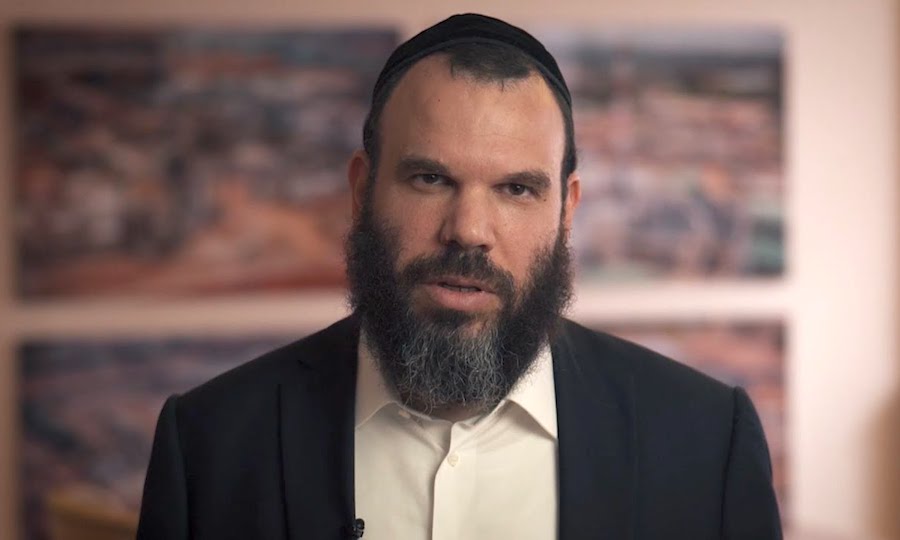
According to Bloomberg, the head of Mossad, the national intelligence agency of the State of Israel, “Yossi Cohen, and Israel’s former Ambassador to the U.S., Ron Dermer, were involved in a campaign to persuade former U.S. President Donald Trump to suspend sanctions imposed on the Israeli mining magnate, who has been embroiled for years in a multimillion-dollar corruption scandal in the Democratic Republic of Congo”. Trump in the last days of his presidency had in fact lifted the sanctions, but they were reinstated by Joe Biden as soon as he took office.
It is worth noting that on Sept. 23 (just days before the Hamas assault), the Democratic Republic of Congo announced it would move its embassy from Tel Aviv to Jerusalem, a city that few countries have chosen as the site of their diplomatic representation since, according to the United Nations, Jerusalem is not recognized as the capital of the State of Israel because it is an international city that should be shared by Israel and Palestine.
This background casts a shadow on the credibility of the testimonies of the two Israeli mercenaries from Congo.
ZAKA, an ultra-Orthodox association
Among the eye witnesses interviewed by The Times there was another security consultant, Yura Karol, 22, who said he hid in the same spot as Sapir and was visible in one of the woman’s photos. He recounted barely raising his head to look at the street, but he also described seeing a woman raped and killed.
According to witness accounts of Israeli civilians and soldiers, Israeli army helicopter with machineguns intervened that bloody October 7 by shooting into the crowd to stop the Hamas attacks, killing Israelis as well.
Gettleman quotes the Israeli police as acknowledging that during the shock and confusion of Oct. 7, the deadliest day in Israeli history, they were not focused on collecting semen samples from women’s bodies, requesting autopsies or closely examining crime scenes. At the time, authorities said, they were intent on pushing back Hamas and identifying the dead.
It was not until weeks after the funeral that testimonies emerged about the signs of rape that several women were allegedly subjected to by Hamas militants, other brigades and civilians who entered from Gaza that Oct. 7.
Access denied to journalists
Gathering evidence on Oct. 7 would undoubtedly have been complicated, but the next day and the days after that it would have been appropriate to gather evidence of the massacre and identify the perpetrators of that carnage.
It is strange that it did not occur to anyone, unless the intent was to cover up the dead killed by Israeli friendly fire.
This begs the question: Why were journalists who could have independently investigated on those events not allowed in?
We will ignore The Times’ interview with Raz Cohen’s friend Shoam Gueta, since the two are cut from the same cloth, and go on to analyze the testimony of Jamal Waraki, a volunteer with the NGO ZAKA, an organization that rescues Israeli citizens.
Zaka, a Hebrew acronym for “Identification of Disaster Victims,” was created in 1995 by a group of ultra-Orthodox Jews and today has an office in Israel and one in New York. On its website it claims to have 3,000 Christian, Druze and Muslim volunteers and it works with the Israeli Foreign Ministry, the army and other government departments.
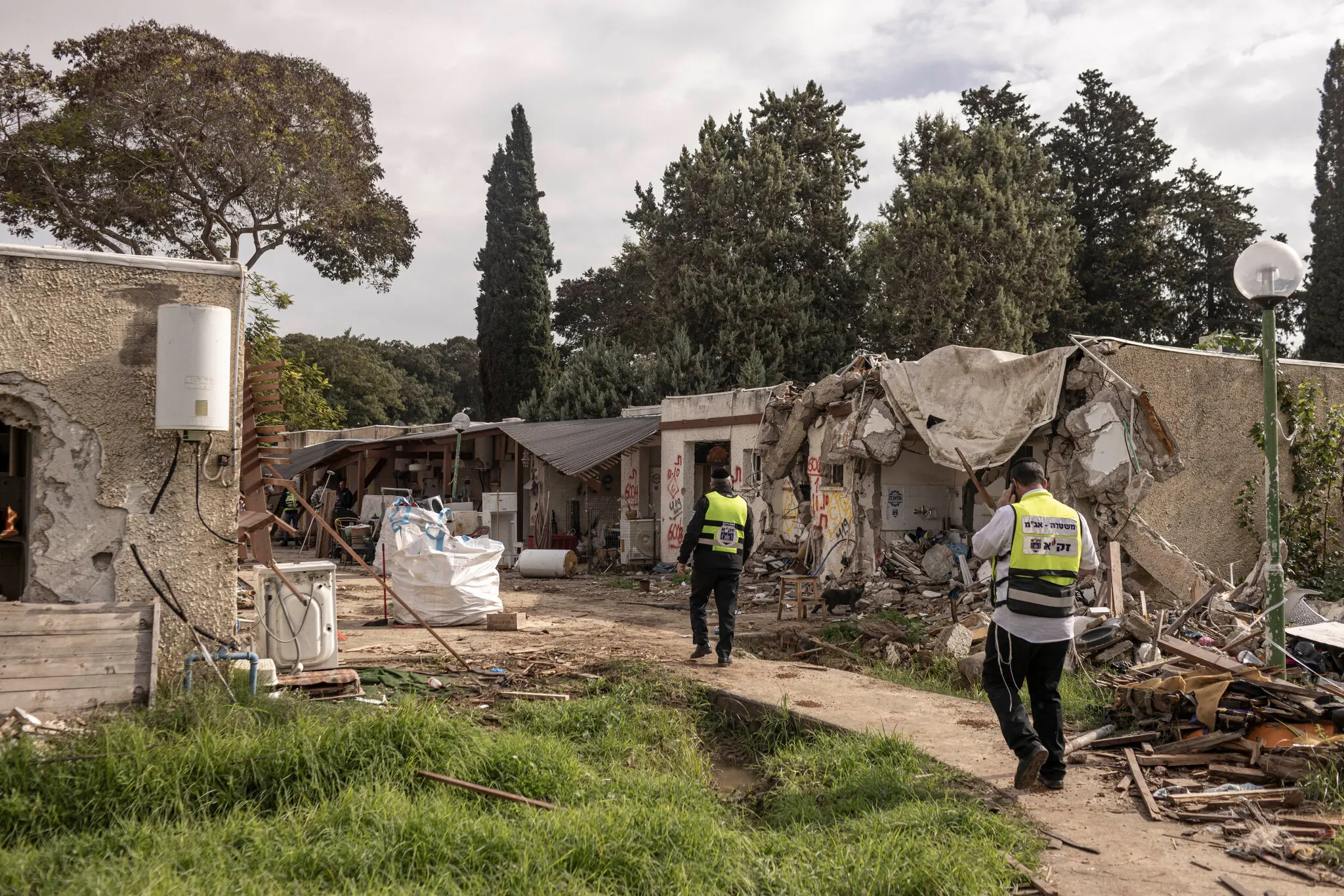
Israeli volunteers visit kibbutz Kfar Aza, after Hamas attack (New York Times photo)
The founder, Yehuda Meshi Zahav, ran Zaka until March 2021, when he was denounced by men, women and children he allegedly raped, to the point where he was referred to in the Israeli media as “the Jeffrey Epstein of the Haredi,” the ultra-Orthodox. Meshi Zahav never went to trial because he died in late 2022 after a suicide attempt that left him in a coma for more than a year. Back in 2003 he was charged with indecent acts with minors and assaulting young girls. In addition, he was accused of misappropriating donations from the millions of dollars Zaka raises every year. Since October 7, a special collection dedicated to the ongoing war has raised nearly $3.5 million
Exempt from military service
It is interesting to know that descendants of rabbinic families and the ultra-Orthodox, including those who work at Zaka, are not required to do military service in Israel. They are exempt from the draft that is compulsory for all other young Israelis, and many of them live on state support, provoking much discussion in Israeli society and in the media.
The role of Zaka’s volunteers emerged in the aftermath of the Oct. 7 attack, when the group collected bodies, body parts and traces of blood to give proper burial.
The lady in black
The latest The New York Times story is about “the lady in black,” a woman who a few days after the massacre was identified as Gal Abdush. Some of her family members viewed videos taken by first responders that showed her body.
“The video,” writes The Times, “also caught the attention of Israeli officials who, after Oct. 7, quickly began gathering evidence of atrocities. They included the footage of Mrs. Abdush’s body in a presentation to foreign governments and media organizations, using Mrs. Abdush as a representation of the violence committed against women that day. But the only document the family has received is a one-page letter from the President of Israel, Isaac Herzog, expressing his condolences and sending a hug.”
The Israeli government therefore presented the tragedy of Gal Abdush and her husband Nagi, who was also killed, as an example of the horrors perpetrated by Hamas militia. But the day after the U.S. newspaper’s report, the Israeli news site Ynet published an interview with Abdush’s parents, who underscored that there was no evidence that she was raped and said the The New York Times reporters interviewed them under false pretenses: They said they knew nothing about the alleged sexual assault of their daughter until the newspaper published its story. In addition, Gal’s sister also strongly denied the rape allegations.
Since then, Ynet has deleted all pages referring to Gal Abdush from its English site, except a more recent storyquoting her mother supporting the rape thesis.
Deleted web pages
Nevertheless, screenshots of the web archive site of Ynet English site were taken. The deleted content, saved in screenshots by a person who requested anonymity but allowed Africa ExPress to view them (most of them in Hebrew), indicate that Gal Abdush was not raped.
For example her sister, Miral Altar, wrote a lengthy comment on Instagram: “I can’t understand all this news. It is based on one video posted without the family’s knowledge. … It is true that the scenes in the video are disturbing, but it is clear that the dress is lifted upward and not in its natural state, and half of the head is burned because they threw a grenade at the car. I don’t want to be misunderstood as justifying what they did; they are animals, they raped and beheaded people, but in my sister’s case, this is not true. At 6:51 Gal sent us a message on WhatsApp saying, ‘We are at the border and you cannot imagine the sounds of explosions around us.’ At 7 a.m. my brother-in-law (Nagi) called his brother saying his wife has been shot and was dying. Does it make sense that in four minutes they raped, slaughtered and burned her?”
This is a translation of the message Abdush’s sister posted in Hebrew on Instagram, as reported by the Israeli newspaper Haaretz, quoting the U.S. news website Mondoweiss.
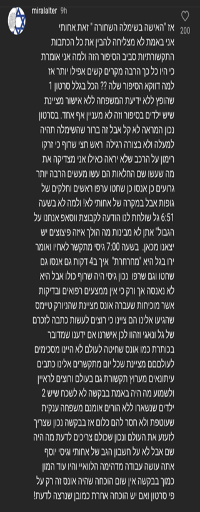
“The family of a key case in the October 7 The New York Times sexual assault story renounces the story, claiming they were manipulated by reporters.” Here is the full text.
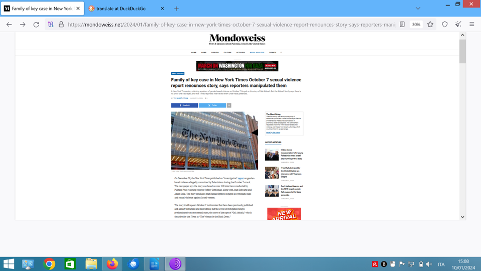
The timing of the reporting of systematic sexual violence is also suspicious since it appeared in Israeli media only after mid-November, more than a month after the Hamas attack and the burial of the victims. Israeli media do not talk about rape until mid-November. Studying the Ynet news site, mention of rape first appearson November 16 with the announcement of a sexual assault on an underage girl.
“Believe Israeli Women” campaign
On Nov. 23, then Israeli Foreign Minister Eli Cohen (from Jan. 1, 2024 Minister of Energy and Infrastructure) launched an international campaign to fight violence against women with the hashtang “Believe Israeli women.”
On Dec. 4 at the United Nations, Israel denounces Hamas for alleged rapes during the Oct. 7 attack.
On Dec. 29, in the wake of The New York Times report, Wikipedia publishes an article on the woman in black,
On Jan. 1 Gal Abdush’s mother speaks and confirms rape even though earlier the whole family said they had no proof of it and only read about it in The New York Times.
On January 1 Nissim Abdush, Nagi’s brother, during an interview on the Israeli Channel 13, repeatedly denied that Gal was raped. Nissim said that he received a phone call from his brother at 7 a.m. and news that Gal was already dead. At 7:44 a.m. he received a message from his brother who begged the family to care for the couple’s children while he was dying.
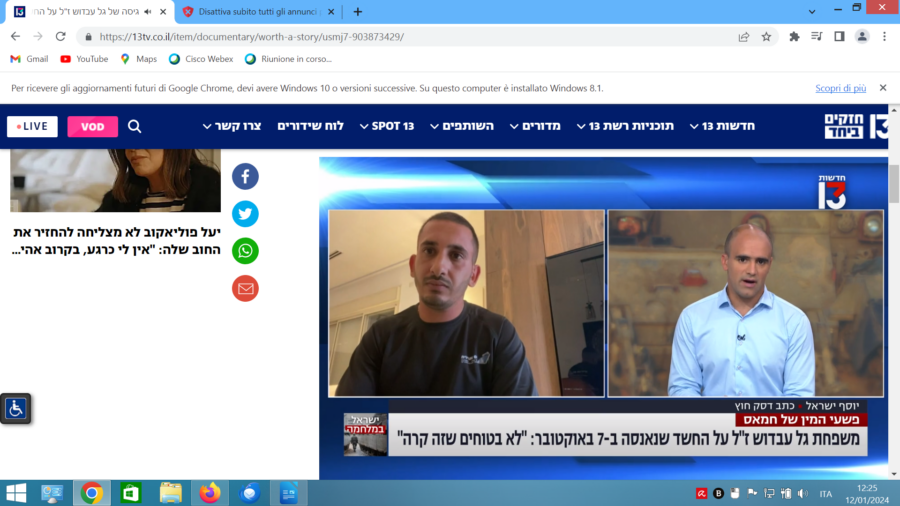
The condition in which Gal Abdush’s body was found, which the U.S. newspaper attributes to Hamas without a serious independent investigation, could also be linked to the bombings and interventions, including air strikes, by the Israeli army, which had been ordered to fire on Hamas militants even at the risk of killing Israeli civilians.
Hamas has denied all rape allegations. “We reject Israeli lies about rape, which aim to distort the resistance and besmirch our humane and moral treatment of prisoners,” Hamas said in a statement in early December.
“The Israeli regime,” in Hamas’ thinking, “unleashed the war on Gaza on Oct. 7, after the organization launched its operation against the occupier, in response to Israeli atrocities against Palestinians.”
According to Middle East analysts, Hamas’s main goal was not to kill and slaughter Israelis but rather to take them hostage: the living can be used as bargaining chips; the dead, unfortunately, have no value in a negotiation. Indiscriminately killing people only provokes a violent reaction. Prisoners, on the other hand, as is happening, can be used as human shields. It is important to remember how Israeli helicopters fired into the rave party crowd killing, yes, Hamas militiamen but also their compatriots. What is clear is that on 7th of October 1,200 Israelis died, for the most part killed by Hamas and other brigades.
In January 2024, the Israeli Police Unit 105 opened a file on rape, abuse and sexual assault committed by Hamas on Oct. 7. A chief inspector revealed that “these are first-hand accounts of sexual offenses by people who saw with their own eyes and heard with their own ears” and that evidence of mutilation of sexual organs was brought by Zaka volunteers.
It will be interesting to see the conclusions of U.N. commission appointed to investigate the alleged rapes which will arrive in Israel later this month.
In the meantime journalists should be careful. Propaganda in war is always lurking and it comes from all sides: not only from those directly involved on the battlefield.
Massimo A. Alberizzi (massimo.alberizzi@gmail.com)
Alessandra Fava (alessandrafava2023@proton.me)
Cornelia Toelgyes (corneliaisabeltoelgyes@gmail.com)
The English translation was proofread by Gaja Pellegrini Bettoli
